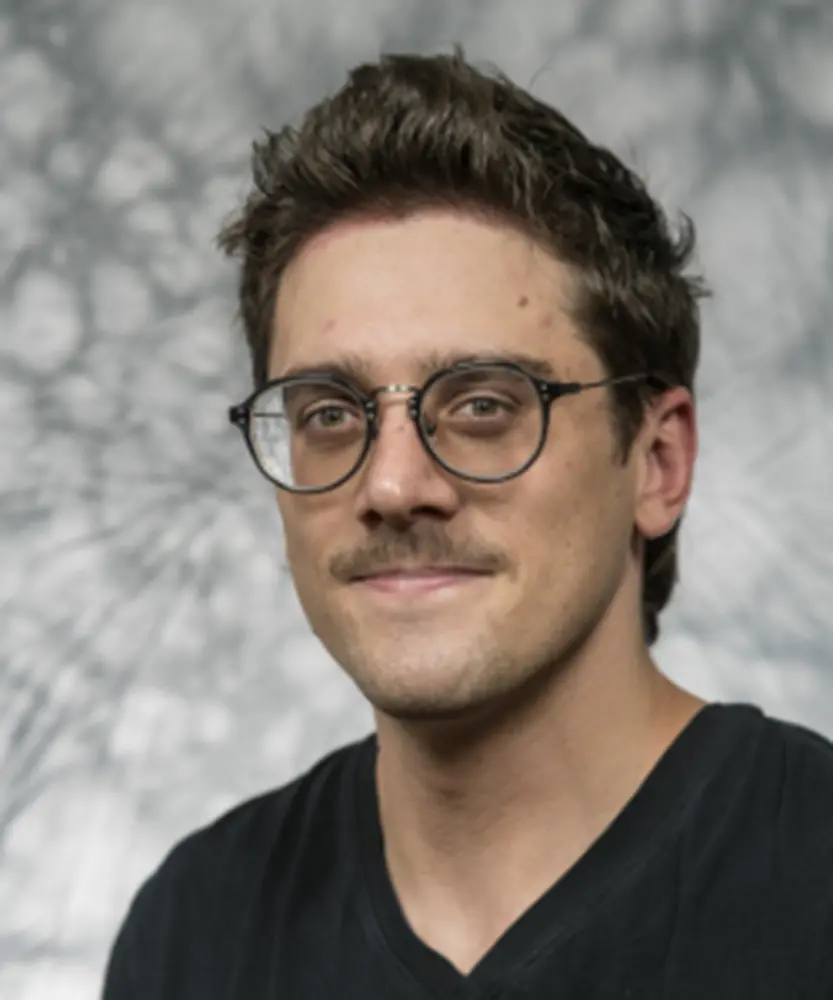
J.L. Doob Research Assistant Professor Eric Samperton has been awarded an EAGER (Early-concept Grants for Exploratory Research) grant from the National Science Foundation (NSF). His project, “Detecting knottedness with quantum computers,” investigates the extent to which quantum computers might solve problems in topology more efficiently than classical computers. Samperton submitted the proposal in response to NSF’s Quantum Algorithm Challenge to find new realms of applications for quantum computers.
Samperton is planning to study the computational complexity of categorified invariants of knots, such as Khovanov homology. According to Samperton, much is known about the theoretical mathematical properties of Khovanov homology, but almost nothing non-trivial is known about the complexity of computing the dimensions of the Khovanov homology vector spaces.
“The goal of my project is to solve certain problems from low-dimensional topology and knot theory more efficiently by using a quantum computer instead of a classical computer,” said Samperton. “Even if this doesn’t pan out, I expect to be able to use ideas from quantum algorithms to learn more broadly about the computational complexity of problems in topology.”
This spring, Samperton will run a research and learning seminar covering the basics of quantum mechanics, complexity, and low-dimensional topology, including introductions to quantum computers and quantum computing, in addition to more complex quantum computing classes. The seminar will also feature outside speakers and conclude with an introduction of Samperton’s research.
NSF’s EAGER grant was designed specifically for potentially transformative or exploratory research that explores new subjects, different methods, or interdisciplinary approaches and to support exploratory work in its early stages on untested, but potentially transformative, research ideas or approaches.
Samperton plans to use some of the grant’s funds toward opportunities for graduate and undergraduate students to assist him with continued research during summers and academic semesters.
“I consider myself primarily a mathematician interested in three-dimensional topology, not a physicist or computer scientist,” says Samperton. “Receiving this grant from the NSF reflects how widely quantum computer scientists are willing to look to find new ‘killer apps’ for their computers. More personally, this award also validates my view that even a little bit of computer science can go a long way towards inspiring new mathematics that is interesting purely on its own terms.”